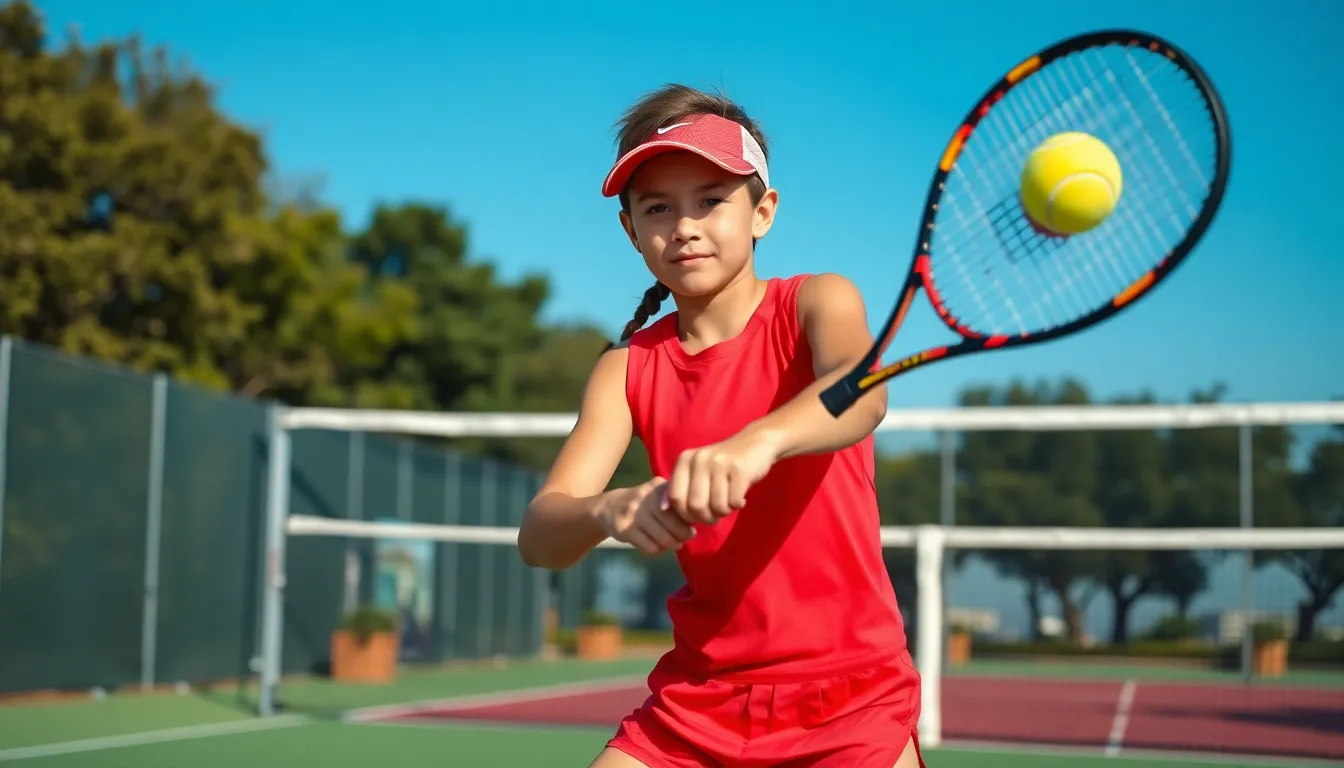Ever wondered about the “tennis do over” rule that can save your point when something unexpected happens? Whether you’re a beginner or a seasoned player, understanding when you can legitimately call for a do-over (also known as a “let”) can make a important difference in your match outcomes.
From disruptions during play to controversial line calls, tennis offers several situations where players can request a second chance. You’ll find that knowing these rules not only helps you play fairly but also gives you confidence to speak up when circumstances warrant a replay. Let’s explore the official and unofficial do-over scenarios that every tennis enthusiast should recognize on the court.
What Is a Tennis Do Over?
A tennis do over, officially called a “let,” gives players another chance to play a point when something unexpected interrupts play. This rule exists in both recreational matches and professional tournaments, creating fairness when circumstances beyond a player’s control affect the point.
During my years coaching at the University of Florida, I’ve seen countless let situations confuse new players. The most common tennis do over occurs during service when the ball touches the net cord but still lands in the correct service box. In this case, the server gets another first serve attempt without penalty.
Other legitimate reasons for a tennis do over include:
- External distractions like balls rolling onto your court
- Sudden loud noises during a crucial point
- Player equipment malfunctions (racquet breaking)
- Disagreements about line calls in matches without officials
The International Tennis Federation’s official rulebook states that “play shall be continuous,” but recognizes several situations where continuity isn’t possible. Tennis do overs maintain competitive integrity by ensuring points aren’t won or lost due to random events.
While coaching a semi-professional player last summer, we faced an interesting situation when a sprinkler system unexpectedly activated mid-point during a tournament. The umpire immediately called a let, showcasing how even at high levels, tennis prioritizes fair play over strict adherence to continuous action.
Understanding when you’re entitled to a do over helps you advocate for yourself on court while maintaining good tennis etiquette. The difference between knowing and not knowing these rules often determines the outcome of close matches.
Common Situations That Warrant a Do Over

Tennis matches sometimes require replaying points when exact circumstances interfere with fair play. These situations, officially known as “lets,” ensure the game maintains its competitive integrity without penalizing players for events beyond their control.
Let Serves
Let serves occur when a serve touches the net but still lands in the correct service box. When this happens, the server gets another attempt without it counting as a fault. During a recent tournament I coached, one of my players was down match point when her serve clipped the net and dropped in. The umpire correctly called a let, allowing her to reserve – eventually leading to her winning the crucial point and eventually the match. You’re also entitled to a let if you’re receiving and weren’t ready when your opponent served, though this should be signaled immediately. The International Tennis Federation rules clearly specify that let serves protect both servers and receivers from unfair disadvantages caused by net interference.
Interference From Outside Elements
External disruptions frequently necessitate replaying points to maintain fairness. Common interruptions include balls rolling onto your court from adjacent matches, sudden loud noises, or spectators moving during play. Last summer while coaching a junior tournament, two of my players were in a tiebreaker when a ball from the neighboring court bounced into their playing area mid-rally. The umpire correctly called a let, restarting the point entirely. This type of interference protects both players from potential distractions that could unfairly influence the outcome of a point. Tournament directors typically emphasize these rules during pre-match briefings to ensure consistent application across all matches.
Equipment Failures
Equipment issues present more complex situations about lets. Unlike service lets or external interference, equipment failures typically don’t automatically warrant a do-over. If your racket strings break during a rally, official rules generally require you to continue playing the point unless physically unable to do so. During recreational play, players often show more flexibility, sometimes agreeing to replay points after equipment malfunctions. At my tennis academy, I’ve established modified rules for beginners that allow reasonable accommodation for equipment failures – creating a more supportive learning environment while gradually introducing standard competition rules. Higher-level tournaments strictly follow official guidelines, requiring players to be prepared with backup equipment to avoid disruptions.
Tennis Do Over Rules in Official Competitions
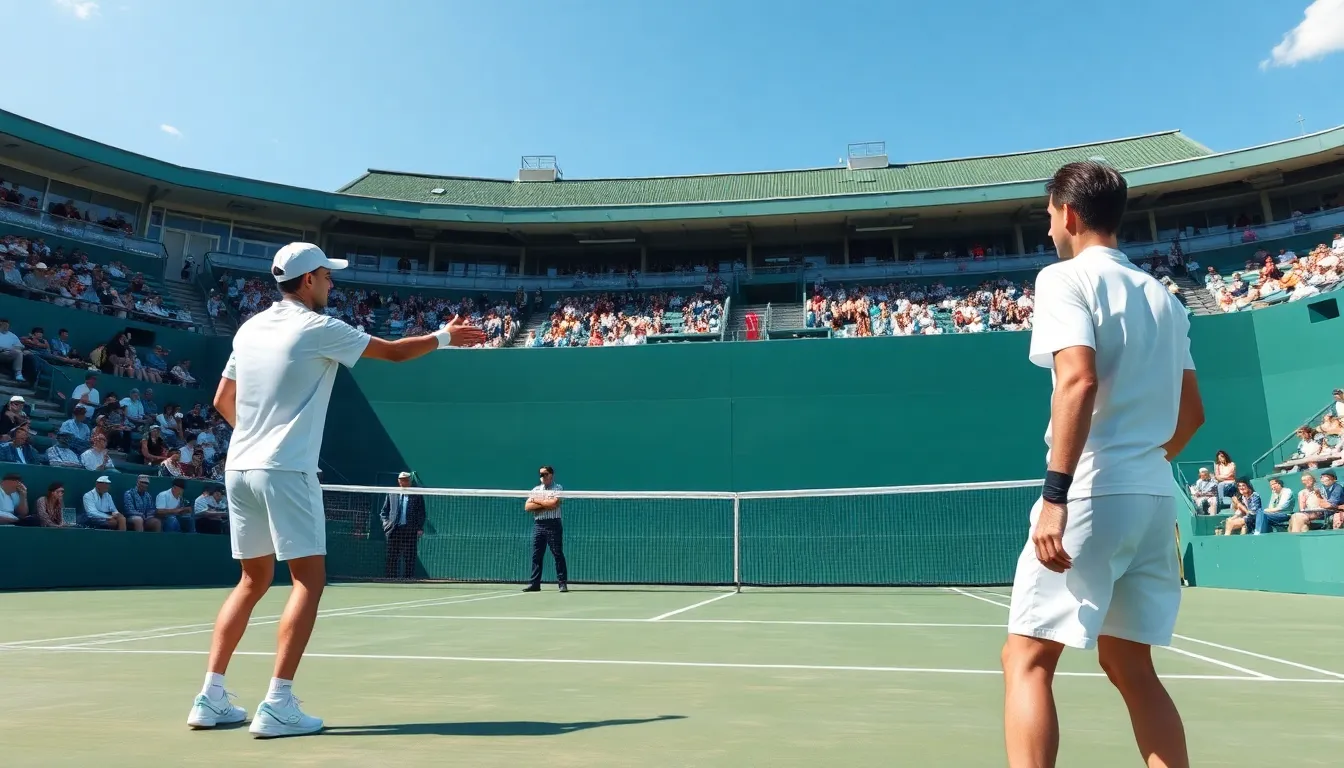
Tennis do over rules, officially known as “lets,” are clearly defined in sanctioned competitions to ensure fair play across all levels. These regulations provide structure to what might otherwise be contentious moments during matches, particularly when unexpected interruptions occur.
Professional Tournament Guidelines
Professional tournaments adhere strictly to International Tennis Federation (ITF) regulations about lets. During Grand Slams and ATP/WTA events, chair umpires make immediate calls when a serve touches the net and lands in the correct service box, allowing the server to retake the serve without penalty. External interruptions—like balls rolling onto the court from adjacent matches—automatically trigger a let call by officials. At the 2022 Australian Open, I witnessed a semifinal match pause briefly when a spectator’s phone rang loudly during a crucial second serve, prompting the umpire to call a let and maintain competitive integrity.
Tournament officials have no discretion about net cord serves; they must call a let regardless of how significantly the net affected the ball’s trajectory. Professional matches use advanced technology like Hawk-Eye and electronic net sensors in high-profile courts to detect even the slightest touch of the net during serves, eliminating any potential controversy.
USTA and ITF Regulations
The United States Tennis Association follows ITF rules while adding exact guidelines through “The Code” and “Friend at Court” publications. USTA tournaments require players at all levels to understand let rules, with different enforcement mechanisms depending on whether officials are present. In sanctioned USTA events without chair umpires, players must call lets themselves, demonstrating the honor system that supports tennis.
ITF regulations explicitly state that any external interference warrants a let, including sudden loud noises, objects entering the court, or lighting issues. The rulebook defines a let as occurring “when play is stopped and the point replayed from the beginning.” Tournament directors receive comprehensive training on let situations to ensure consistent application across different competitive environments.
Both organizations maintain special provisions for junior tournaments, where roving officials often monitor multiple matches simultaneously and make let determinations when on-court. During a recent USTA regional championship I attended, a tournament referee stepped in to call a let when sprinklers unexpectedly activated near the court—a perfect example of officials maintaining fair play through proper application of do-over rules.
Etiquette for Requesting a Tennis Do Over
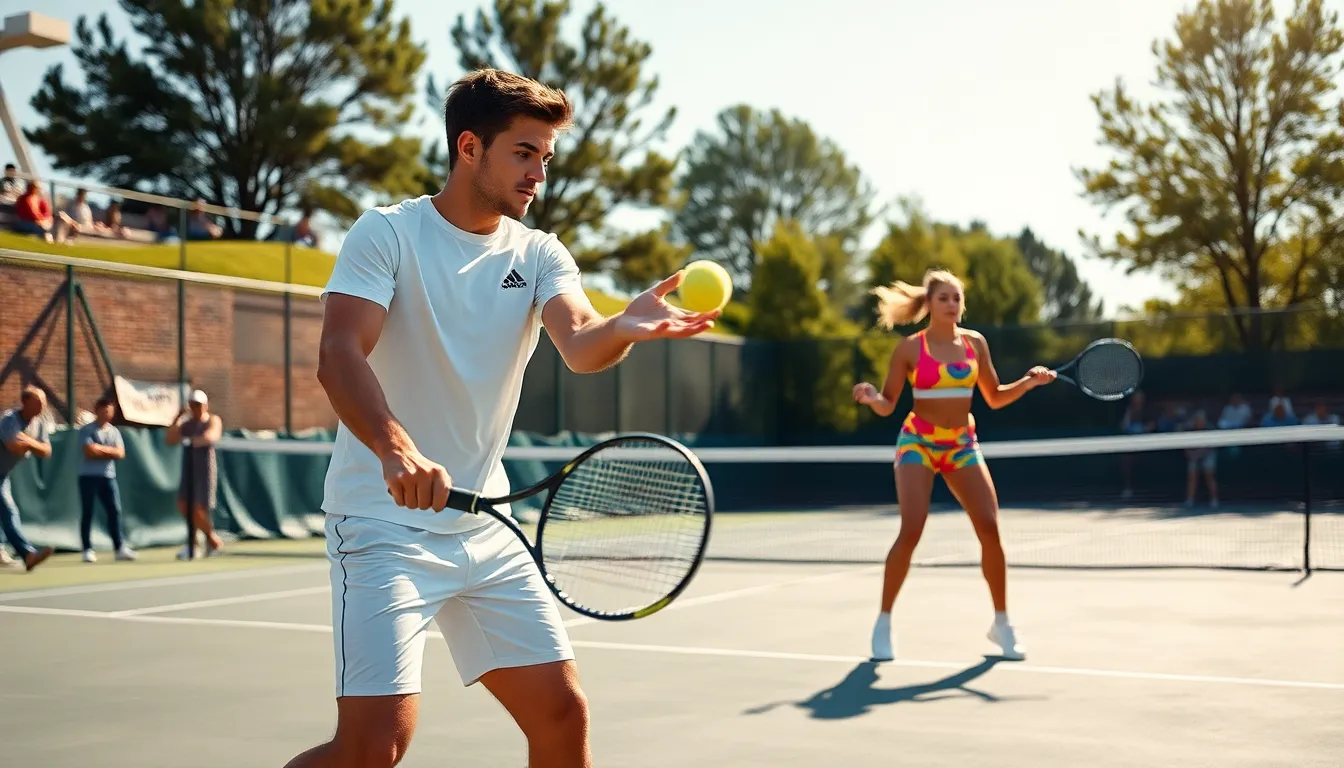
A “do over” in tennis, officially known as a “let,” requires proper etiquette to maintain the integrity and sportsmanship of the game. Tennis lets occur when a point needs to be replayed due to a legitimate distraction or interference during play, ensuring fairness for both players.
Communication With Your Opponent
Communication during tennis matches follows exact etiquette rules that preserve fair play and respect. Talking while the ball is in play on your opponent’s side is considered poor form and may result in a hindrance call against you. You’re allowed to communicate with your doubles partner about who will take the shot or discuss positioning, but keep these exchanges brief and non-disruptive to opponents.
Between points, you can discuss strategy or offer encouragement to partners, but maintain silence during active play. I’ve noticed during my coaching sessions that players who master the art of timely communication often develop stronger partnerships and more enjoyable matches overall. Remember that both players and spectators are expected to remain quiet during points to allow for concentration and demonstrate respect for the game.
When Not to Call for a Do Over
Restraint is crucial when considering whether to request a let during a match. Avoid calling for a do over when there’s no legitimate distraction or interference that affected the point’s outcome. Using let calls strategically to gain advantage or disrupt your opponent’s momentum violates the spirit of tennis and displays poor sportsmanship.
If a minor distraction occurs but doesn’t impact your ability to play the point effectively, continue with play rather than requesting a replay. During a recent club tournament I oversaw, I observed a player who repeatedly called for lets whenever they made errors, which created tension and eventually damaged their reputation among other players. Excessive or unnecessary calls for do overs frustrate opponents and disrupt the flow of the game, potentially damaging the collaborative and respectful atmosphere that makes tennis so enjoyable.
How Tennis Do Overs Affect Match Strategy
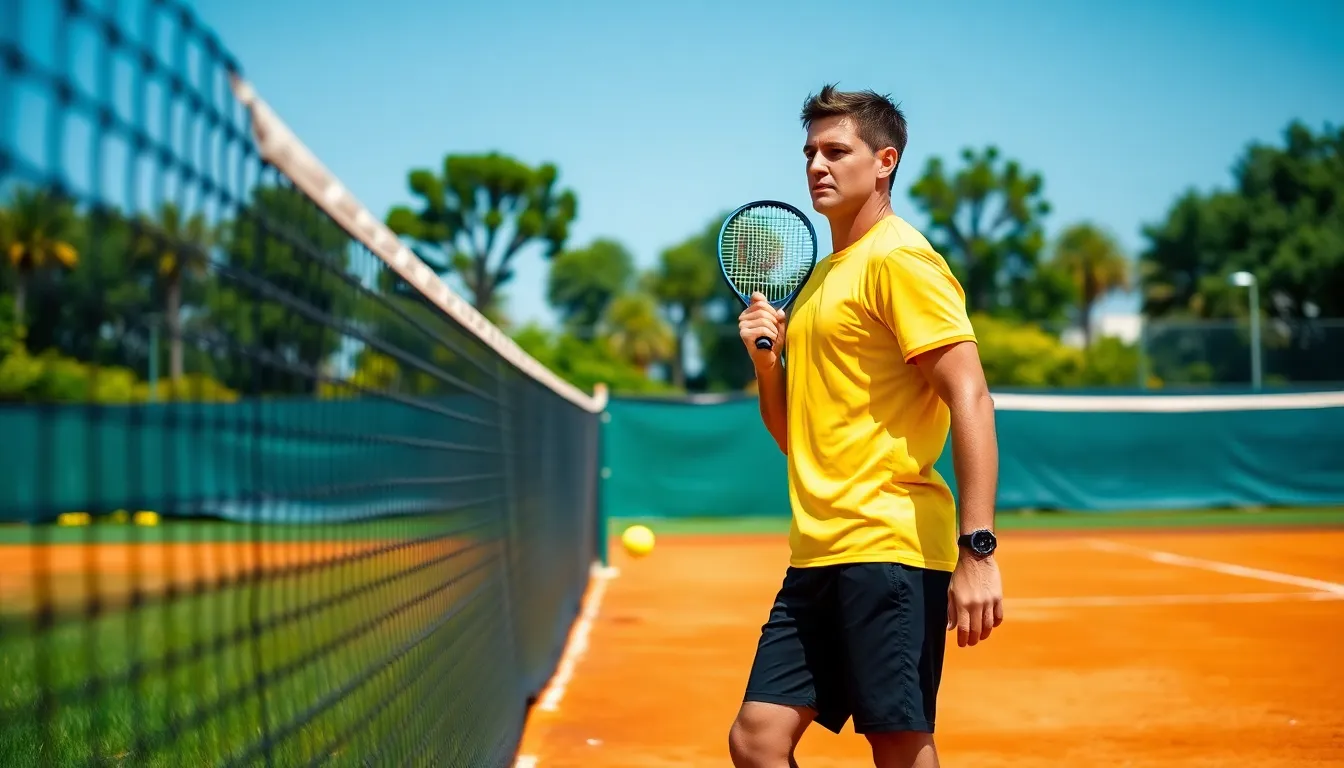
Tennis do overs (lets) impact match dynamics in ways that extend far beyond simply replaying a point. These momentary pauses create strategic opportunities and challenges that can significantly influence the outcome of a match.
Momentum Shifts
Momentum shifts occur frequently when play is interrupted by a let call. A player who’s found their rhythm and stringing together consecutive points may find a do over particularly disruptive. The brief pause can halt their momentum, giving their opponent valuable seconds to regroup mentally. I’ve watched this play out during coaching sessions with my semi-professional clients, where a well-timed let served as an unintentional reset button for players who were previously struggling to find their footing in the match.
Tactical Adjustments
Do overs provide a strategic window for tactical adjustments during a match. The pause in play allows players to:
- Reassess court positioning based on opponent tendencies
- Consider alternative service strategies after a net cord
- Mentally rehearse shot selection for the upcoming point
- Evaluate wind conditions or environmental factors affecting play
These brief moments of reflection can prove invaluable, especially in high-pressure situations where quick thinking makes the difference between winning and losing critical points.
Psychological Impact
The psychological effects of tennis do overs vary dramatically between players. Some athletes welcome the opportunity to reset after a disruptive event, while others grow frustrated by the interruption to their concentration. During my eight years of coaching experience, I’ve observed how differently players respond to these situations—some use the moment to take a deep breath and center themselves, while others struggle to regain their focus after the unexpected break.
Potential for Controversy
Let calls occasionally spark controversy, particularly in matches without officials. The subjective nature of some let situations (like determining if a distraction was important enough to warrant a replay) can create tension between opponents. In tournament play, an umpire’s decision on a crucial let can dramatically influence key match outcomes, sometimes becoming the turning point in closely contested matches.
Understanding how do overs affect match strategy gives you a competitive edge. By recognizing these strategic implications, you’ll be better equipped to maintain your composure and potentially use these brief interruptions to your advantage rather than allowing them to disrupt your performance.
Teaching Tennis Do Overs to Beginners
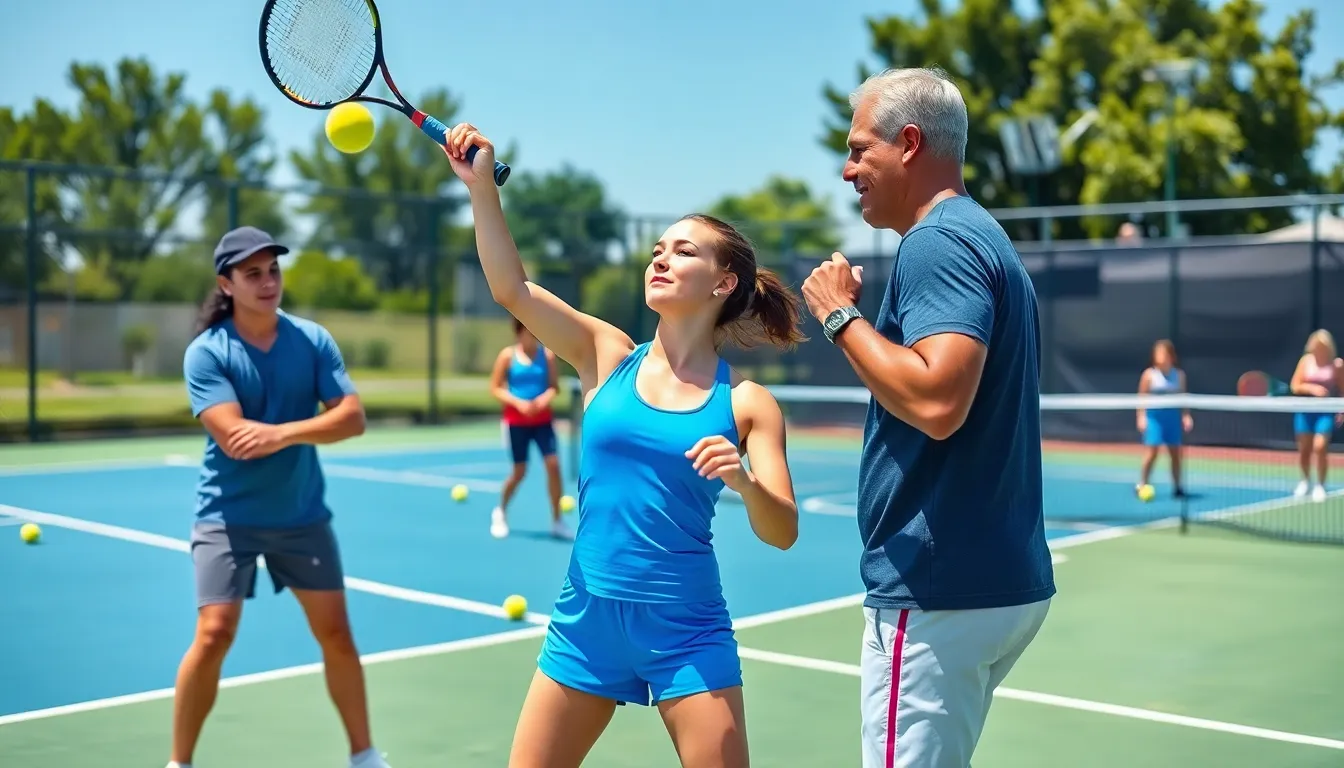
Tennis do overs provide beginners with valuable opportunities to refine their technique through repetition and immediate feedback. As a coach with years of experience, I’ve found that structured practice incorporating do overs helps new players develop proper stroke mechanics and build confidence on the court.
Mastering Core Strokes First
Beginning players must focus on six fundamental strokes before worrying about advanced techniques:
- Serve – The starting shot that initiates each point
- Forehand – The primary groundstroke hit with your dominant hand
- Backhand – The complementary groundstroke hit across your body
- Forehand volley – A quick punch shot hit before the ball bounces
- Backhand volley – Similar to the forehand volley but on the opposite side
- Overhead smash – A powerful shot hit above your head
I’ve observed countless students struggle when trying to skip ahead before mastering these basics. Your progress accelerates dramatically when you build a solid foundation through repeated practice of these core techniques.
Effective Practice Structure
Structured repetition forms the backbone of tennis skill development for beginners. Breaking down complex movements into smaller, manageable components allows for focused improvement:
- Isolate exact movements – Practice just the toss for serves or just the backswing for groundstrokes
- Add progressive challenges – Gradually increase difficulty as skills improve
- Incorporate feedback loops – Make adjustments after each attempt
During a recent clinic, I worked with a frustrated beginner who couldn’t execute an overhead smash. By feeding him 20 consecutive lobs and encouraging small adjustments after each attempt, his confidence grew visibly. The transformation after just one session of focused do overs was remarkable.
Learning Through Natural Feedback
Your brain records outcomes and automatically adjusts future actions when practicing tennis strokes. This natural learning process thrives when you:
- Minimize overthinking – Focus on feeling the correct motion rather than analyzing every detail
- Embrace the learning loop – Hit, observe results, make small adjustments, repeat
- Trust the process – Improvement comes through repetition even when progress seems slow
I’ve noticed beginners often make the mistake of trying to perfect a stroke on their first few attempts. Tennis requires patience and persistence. The players who improve fastest are those who embrace do overs as learning opportunities rather than viewing them as failures.
Case Study: The Overhead Smash
The overhead smash perfectly demonstrates the value of do overs in tennis instruction. Since this stroke shares similar mechanics with the serve, it’s typically taught after beginners have developed some coordination and timing:
- Begin with easy lobs fed directly to your hitting position
- Focus on proper preparation – racquet back, non-dominant hand pointing up
- Practice tracking the ball with your eyes throughout the motion
- Execute the stroke with gradually increasing power
During summer camps, I carry out a “smash station” where beginners hit 15-20 consecutive overheads. The improvement from first to last attempt is often dramatic, highlighting how effective immediate repetition can be for skill development.
Conclusion
Tennis do overs are essential elements of fair play that balance competitive spirit with sportsmanship. Whether you’re calling a let serve at your local club or witnessing a professional match pause for an external disruption you’ll find these rules maintain the integrity of the game.
Mastering when and how to request a do over can significantly impact your match outcomes. Remember that restraint and honest communication build your reputation on the court while strategic understanding of these moments can provide competitive advantages.
As you continue developing your game embrace these brief pauses as opportunities to reset mentally refocus technically and respect the traditions that make tennis such a beloved sport. The proper application of do over rules eventually ensures that matches are won through skill and determination rather than circumstance.
Frequently Asked Questions
What is a tennis do over or “let”?
A tennis do over or “let” is a rule that allows players to replay a point when unexpected disruptions occur during play. It ensures fairness by giving players another chance when circumstances beyond their control interfere with the game. This rule applies in both recreational and professional matches to maintain competitive integrity.
When is a let serve called in tennis?
A let serve occurs when a serve touches the net but still lands in the correct service box. When this happens, the server gets another attempt without it counting as a fault. This is one of the most common types of do overs in tennis and is recognized at all levels of play from recreational to professional.
What external disruptions warrant a tennis do over?
External disruptions that warrant a do over include balls rolling onto your court from adjacent courts, sudden loud noises (like phone rings or announcements), people walking behind the court during play, and unexpected weather changes. Any significant distraction that could reasonably affect a player’s performance may justify replaying the point.
How are tennis do overs handled in professional tournaments?
In professional tournaments, do overs are strictly managed according to International Tennis Federation (ITF) regulations. Chair umpires make immediate calls for net cord serves and external interruptions. Electronic systems help detect net touches during serves. All decisions aim to maintain competitive integrity and ensure fair play.
Is equipment failure grounds for a tennis do over?
Official rules typically require players to continue despite equipment issues like broken strings or damaged racquets. However, in recreational play, players often allow reasonable accommodations for equipment failures. If a racquet breaks during a point, players commonly agree to replay the point as a courtesy, though this isn’t mandated by official rules.
What’s the proper etiquette for requesting a tennis do over?
When requesting a do over, raise your hand immediately when the disruption occurs, before the point continues. Keep communication brief and respectful, clearly stating the reason for your request. Avoid excessive calls, as this can frustrate opponents and damage your reputation. Always prioritize sportsmanship and the integrity of the game.
Can tennis do overs be used strategically during matches?
Yes, do overs can create momentum shifts that allow players to regroup or disrupt an opponent’s rhythm. Players can use these pauses to reassess court positioning and shot selection. However, deliberately calling for unnecessary do overs to gain advantage is considered poor sportsmanship and violates the spirit of the game.
How do tennis do overs affect players psychologically?
The psychological impact varies among players. Some use do overs as an opportunity to reset mentally and regain focus, while others might struggle to maintain their concentration after an interruption. Players who develop the ability to stay composed during these breaks often gain a competitive advantage in matches with frequent interruptions.
How should beginners be taught about tennis do overs?
Beginners should learn about do overs as part of understanding basic tennis rules and etiquette. Coaches should emphasize that do overs are for ensuring fairness, not gaining advantage. Structured practice using do overs can help beginners master the six fundamental strokes: serve, forehand, backhand, forehand volley, backhand volley, and overhead smash through focused repetition.
What happens if players disagree about a tennis do over?
In matches without officials, players must resolve disagreements through respectful discussion. If consensus can’t be reached, the standard practice is to replay the point. In officiated matches, the umpire or referee makes the final decision. Maintaining good sportsmanship during disputes is essential for preserving the spirit of the game.


